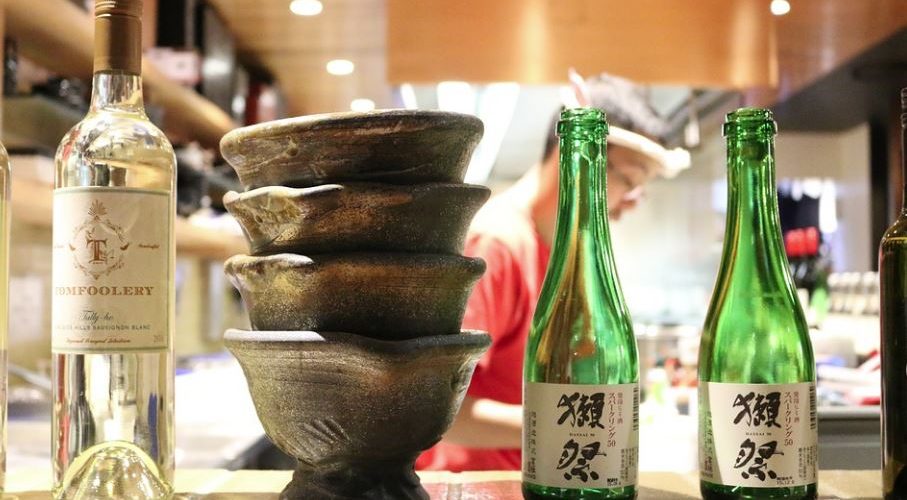With the Japanese Rugby World Cup and the upcoming Tokyo Olympics, the stage is set for a J-culture global boom. Media columns and TV now regularly mention Japan and its deep culture which was unheard of 10 years ago. What was previously a relatively closed, isolated and unknown country shrouded in mystery, is now becoming more transparent and accessible. Japan is already seeing the benefit with the staggering increase in tourists over the last 5 years.
For the food and drinks industry especially, the major benefit is that these tourists then return to their home country and wish to continue their culinary experience. The spread of Japanese food has been evident in full dishes such as sushi, tempura, ramen widely available in most overseas cities and towns; but what is now becoming more commonplace is the base Japanese tastes. Many restaurants across the world now regularly flavour dishes with seaweed, green tea, milling and yuzu, thereby spreading the essence of Japanese cuisine. With the spread of Japanese food tastes comes the spread of Japanese alcohol tastes. Asahi beer has seen a huge surge in overseas sales and now it is the turn of Japanese Sake.
So, is Sake the new drinks trend from Asia?
Well the answer is yes and no. Sake is rice wine and although there are different versions of rice wine from various countries in Asia, here we are (of course) talking about Japanese Sake.
Everything about Japanese Sake is what people call Artisan and therefore matches the global trend. Breweries go back centuries with the head brewers having generations of skill and knowledge and smaller breweries keeping their traditional, time-consuming manual techniques of brewing. Even though modernization would make the process more efficient, they firmly believe that automating the process destroys the passion, heart and creates a more impure Sake. Additionally, and again matching global trends, most smaller Sake breweries source locally with traceable ingredients and support their local community.
Nearer to Japan, in Asian countries like Singapore, Hong Kong and Taiwan there is a solid Sake trend and the market is already sophisticated. In Europe and the USA we are seeing a growing sophistication but it is mainly spreading from the central cities outwards and there are many smaller cities where there are none or very few places that Sake can be bought. However there is a definite growth pattern and supported by media coverage and the surge in tourists this rate of growth is increasing.
With the growing sophistication of the overseas Sake market and Japan’s country brand image, one company saw a gap in the market for a new and different business model. HighSake buys carefully selected limited production run Sake (usually under 300 litres annual production) direct from the breweries and sells this Sake under world exclusive agreements, in limited quantities and restricts each purchase to a maximum of 2 bottles. This ensures status and kudos for their clients. They target high level clients and high net worth individuals with Sake that is the true representation of each brewery.
However it has not been an easy task sourcing such limited Sake and Japan has a reputation of being an uncompromising country to do business. It is all about who you know, your reputation and relationships built over trust and time. This is magnified when delving deep into their traditional business. HighSake is honoured to be allowed into the Sake world and privileged to be able to sell their limited bottle Sake. It is with many thanks to their Sake sommelier and highly respected Gion restaurateur that they were able to talk to smaller Japanese Sake breweries and were given an opportunity unavailable to most.
Having scoured Japan and travelled many thousands of miles to seek out the Sake breweries who have unique sales points, maintain traditional brewing methods and refuse to succumb to modernization, HighSake is now open for business and welcomes all Sake lovers.












